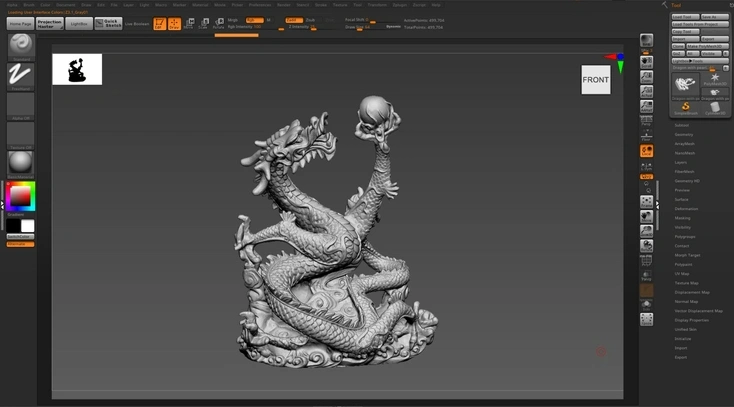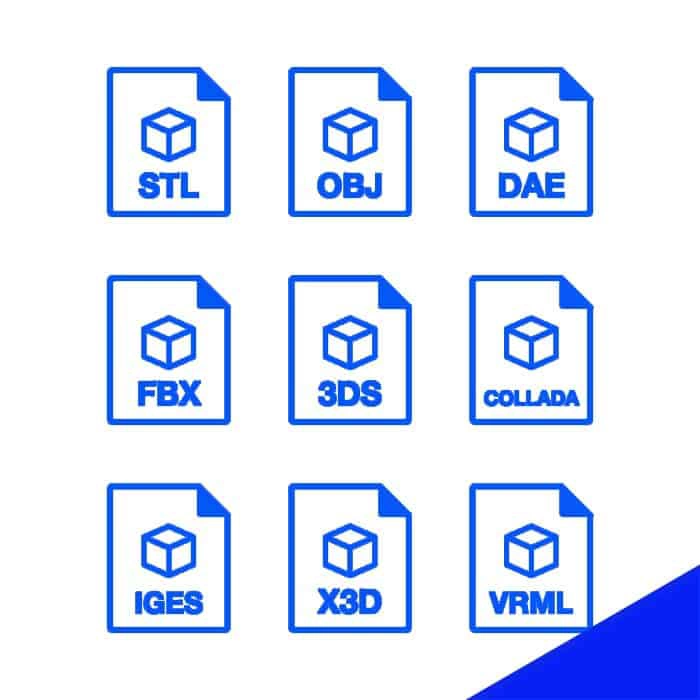Creating high-quality 3D models efficiently is crucial for game studios and other industries relying on digital assets. Efficient 3D model creation not only saves time and money but also ensures a smoother workflow and higher productivity. In this article, we will explore various strategies to optimize the 3D modeling process, discuss best practices, and provide real-life examples to illustrate these techniques.
Best Practices for 3D Modeling
To achieve efficient 3D model creation, it’s essential to follow best practices that streamline the workflow and improve productivity. Here are some key practices to consider:
Optimizing 3D Workflows
One of the most effective strategies for efficient 3D model creation is optimizing workflows. This involves using the right tools and techniques to simplify and accelerate the modeling process.
- Modular Design: Break down complex models into smaller, reusable components. This approach not only saves time but also ensures consistency across different models.
- Templates and Presets: Utilize templates and presets for common tasks. For example, many 3D modeling software offer preset materials, textures, and lighting setups that can be reused across multiple projects.
- Scripted Tools: Leverage scripted tools and plugins to automate repetitive tasks. For instance, using a script to automate UV mapping can significantly reduce modeling time.
Efficient 3D Design Tools
Choosing the right tools is critical for efficient 3D model creation. Here are some high-performance 3D modeling software that can enhance productivity:
- Blender: An open-source software with a wide range of features and strong community support. Blender is particularly known for its powerful modeling and animation tools.
- Autodesk Maya: A professional-grade software widely used in the industry for its robust capabilities in 3D modeling, animation, and rendering.
- ZBrush: Ideal for digital sculpting and high-detail models. ZBrush’s unique approach to modeling allows for the creation of intricate details quickly.
Cost-Effective 3D Model Creation
While high-quality 3D modeling can be expensive, there are ways to manage costs effectively:
- Outsourcing: Consider outsourcing certain tasks to freelancers or specialized studios. This can be more cost-effective than hiring full-time staff, especially for short-term projects.
- Asset Stores: Platforms like the Animatics Asset Store offer a wide range of pre-made models and assets that can be purchased at a fraction of the cost of creating them from scratch. These assets are often optimized and ready to use, saving both time and money.
Streamlining 3D Asset Creation
Streamlining the asset creation process is another key aspect of efficient 3D model creation. Here are some strategies to achieve this:
Reducing 3D Modeling Time
Reducing the time spent on 3D modeling without compromising quality is essential for efficiency. Here are some time-saving techniques:
- Blockout Method: Start with basic shapes and gradually add details. This method allows you to quickly establish the overall structure before refining the model.
- Kitbashing: Combine pre-made models and parts to create new designs. This technique is particularly useful for creating complex models quickly.
- Iterative Refinement: Instead of aiming for perfection in the first pass, focus on iterative refinement. Make multiple passes over the model, improving it step by step.
Enhancing 3D Modeling Productivity
Productivity in 3D modeling can be significantly enhanced by adopting certain practices:
- Reference Materials: Use reference images and materials to guide your modeling process. This ensures accuracy and consistency, reducing the need for revisions.
- Layered Workflows: Organize your modeling process into layers, such as base geometry, details, and textures. This makes it easier to manage and modify different aspects of the model independently.
- Regular Breaks: Take regular breaks to maintain focus and avoid burnout. This may seem counterintuitive, but short breaks can boost productivity and creativity.
Real-Time 3D Modeling
Real-time 3D modeling techniques are becoming increasingly important for efficient 3D model creation. These techniques allow for faster feedback and iteration, improving the overall quality and efficiency of the modeling process.
High-Performance 3D Modeling Software
Using high-performance software that supports real-time rendering and modeling can drastically improve efficiency:
- Unreal Engine: Known for its real-time rendering capabilities, Unreal Engine allows for immediate feedback on changes, making it easier to iterate quickly.
- Unity: Another popular game engine that supports real-time 3D modeling and rendering, Unity is widely used for both games and other interactive applications.
Automating 3D Modeling Tasks
Automation can play a significant role in efficient 3D model creation. Here are some ways to automate tasks:
- Procedural Generation: Use procedural generation techniques to create complex models and environments automatically. This approach is particularly useful for creating large-scale environments and repetitive structures.
- AI-Assisted Tools: Leverage AI-assisted tools that can help with tasks like retopology, UV mapping, and texture generation. These tools can significantly reduce the manual effort required for these tasks.
Conclusion
Efficient 3D model creation is essential for game studios and other industries that rely on high-quality digital assets. By following best practices, choosing the right tools, and streamlining workflows, studios can enhance productivity and reduce costs. Platforms like the Animatics Asset Store provide cost-effective solutions by offering pre-made models and assets that save time and resources. By adopting these strategies, studios can achieve a balance between quality and efficiency, ensuring successful project outcomes.
In summary, implementing these strategies for efficient 3D model creation can lead to significant improvements in productivity and cost management. Whether you are a small indie developer or a large game studio, optimizing your 3D modeling process is crucial for staying competitive in the rapidly evolving digital landscape.






